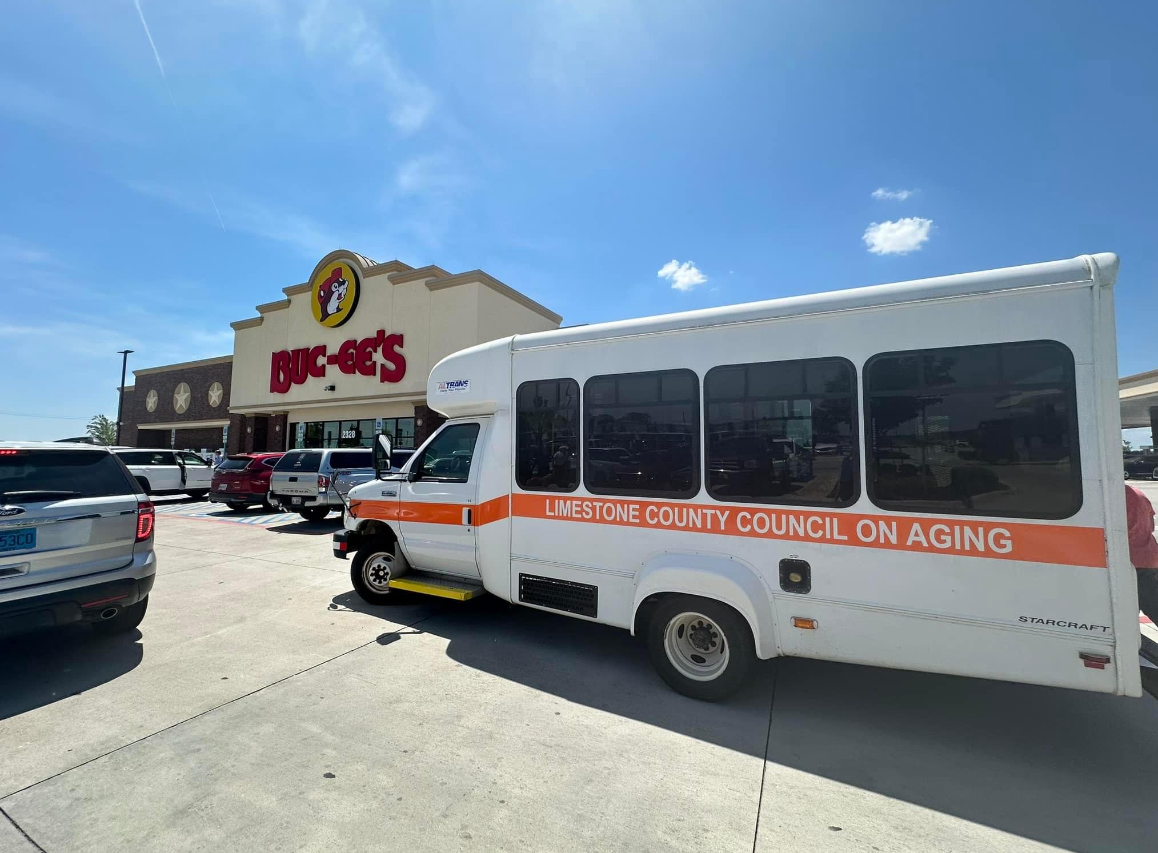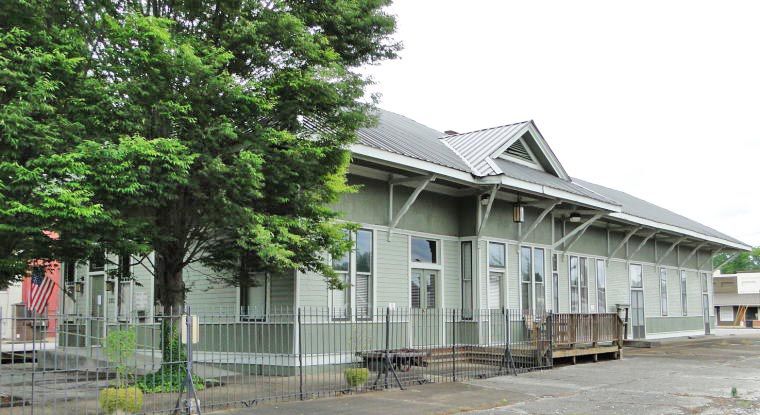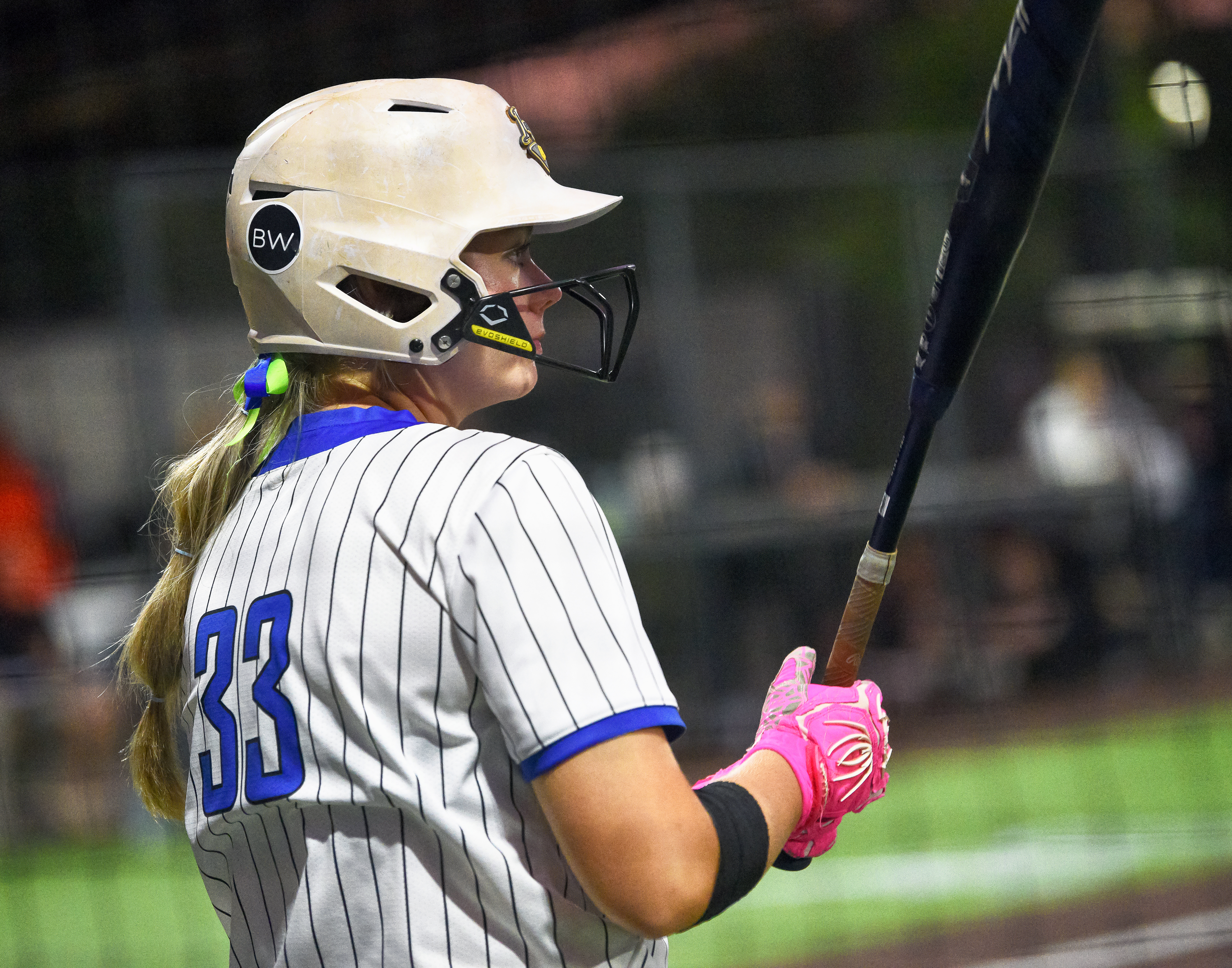SEVEN YEARS LATER: Experts talk lessons learned from 4/27/11
Published 6:45 am Saturday, April 28, 2018

- Brad Travis
After any natural disaster, it’s common for people to ask how or why it happened. If there were numerous fatalities, questions are often asked about what could have been done to spare lives.
Such was the case following the April 27, 2011, tornado outbreak.
In the seven years since, physical and social scientists have worked to study not only the weather conditions that led to the outbreak, but also the social science behind how Alabamians reacted to the numerous warnings issued that day. Those scientists view that day as a watershed event and one that will likely occur again.
Brian Carcione, science and operations officer for the National Weather Service in Huntsville, said science has proven such outbreaks occur in a pattern of 30-40 years. Prior to the 2011 outbreak, the 1974 outbreak devastated much of the Tennessee Valley. There was another outbreak in March 1932, and one in the late 19th century.
“People don’t like me saying it, but another April 27 is inevitable,” Carcione said. “It’s a matter of when, not if.”
Ongoing research
In 2016, a grant was awarded to the National Oceanic and Atmosphere Association, Weather and Air Quality and the National Severe Storms Laboratory to fund a study of tornadic storms in the southeast.
The project is known as VORTEX-SE, or Verification of the Origins of Rotation in Tornadoes Experiment in the Southeast U.S. Previous VORTEX research projects, which span several years, were focused on tornado development in the Plains states.
“There are some physical differences,” he said, contrasting southeastern tornadoes with those of storms in the Plains and Midwest. “We have some terrain issues, particularly over northeast Alabama and in the Appalachian region. There’s a lot of research going into that.”
Some of the research is happening at the University of Alabama-Huntsville, which is also home to the local National Weather Service office.
“With the physical science aspect, we’re trying to learn some of the things (that lead to outbreaks),” Carcione said. “We’re really just beginning to dive into that research and science.”
Brad Travis, chief meteorologist with WAFF-48, said April 27 reinforced his interest in atmospheric conditions that feed long-track tornadoes.
“With the Tuscaloosa storm, it wasn’t just a tornado. There were 100 mph inflow winds feeding the tornado,” he said. “Now when we’re tracking tornadoes, I look at the exact track and other things that may be causing damage like inflow. It can cover a large area.”
After the storm
While scientists and meteorologists continue to study the cause of large-scale outbreaks, a number of forecasting and warning improvements were made immediately after April 27, 2011.
For example, radar sites in Hytop and Columbus, Mississippi, were upgraded, which allowed the NWS to “see inside” a storm, Carcione said. Upgraded weather satellites in space allow meteorologists to see storm systems from different angles.
Perhaps one the biggest changes is how people receive weather warnings. While cellphones were common seven years ago, smartphones and social media were not as prevalent as they are today. Facebook and Twitter are now regularly used by the NWS, news outlets and emergency management agencies to issue warnings to Alabamians.
In 2012, Wireless Emergency Alerts became operational. The program warns cellphone users about weather warnings like tornadoes and flood emergencies and also missing children.
“The social media desk is one of the most important positions in the office, because we can get that information out to the public in a significant way,” Carcione said.
Unfortunately, a number of cellphone towers were destroyed by the outbreak. Limestone Countians may recall the difficulties in trying to get calls, emails or text messages in or out that day. Anyone who lost power and had no way to charge a cellphone was completely cut off from communication.
“Sometimes the oldest and best forms of communication are things like ham radio and weather radios,” Travis said. “You can lose satellite signal and if you lose power, you can lose your phone. People are so reliant on their phones and social media now. The next big event like (April 27) could be a big challenge.”
How we perceive warnings
While part of the VORTEX research is focused on atmospheric elements that lead to the creation of dangerous tornadoes, social scientists are also examining ways people receive and perceive severe weather warnings.
“We’re at the intersection of physical and social science, which forces us to do a better job forecasting severe weather days,” Carcione said.
With that in mind, forecasters now attempt to predict the severity of storms that could produce tornadoes.
“We try to convey to people, ‘Look your well-built home is not going to be a good enough shelter,’” he said. “That may differentiate from days where we’ll just have weak tornadoes and you’ll be fine inside your place of shelter. We try to communicate with people so they know what to do in those different circumstances.”
He credited the destruction from April 27 and the Joplin, Missouri, tornado less than a month later on May 22 as being a call to action in terms of getting people to pay attention to weather warnings.
“There were stories conveyed to researchers about what people did when they found out they were under a warning. Their answers might surprise some people,” Carcione said. “I think (the storms) really woke a lot of people up and got people interested in solving the problem.
April 27 fatalities
At least 252 people were killed on Wednesday, April 27, 2011, though some organizations place the toll at 253 or 254. More than 2,000 injuries were reported.
Four Limestone Countians died that day. The names of of Carol McElyea, Janice Riddle, Roger Riddle and Shannon Sampson are etched in a memorial paying tribute to all Limestone Countians who have died in tornadoes. The memorial is on U.S. 72, just west of the site of the former Bethel Church of Christ, destroyed by a tornado on April 27, 2011.
Next to the church, WAFF-48’s Doppler radar tower was heavily damaged by the twister. The white bulb at the top was blown into a field.
Sixty-two tornadoes raced across the state on that Wednesday, including one EF5-rated twister that hit Limestone County and packed wind speeds of 210 mph.
Travis said he had never experienced a day like April 27. He said the biggest “jaw-dropping moment” was seeing the EF5 on the ground in Limestone County and knowing the storm was killing and injuring Alabamians.
“I was a lot like a surgeon in a triage unit. We had multiple warnings but we had to choose the ones that had the biggest impact,” he said. “Seeing that storm on the radar tower; it was terrifying to see that.”





